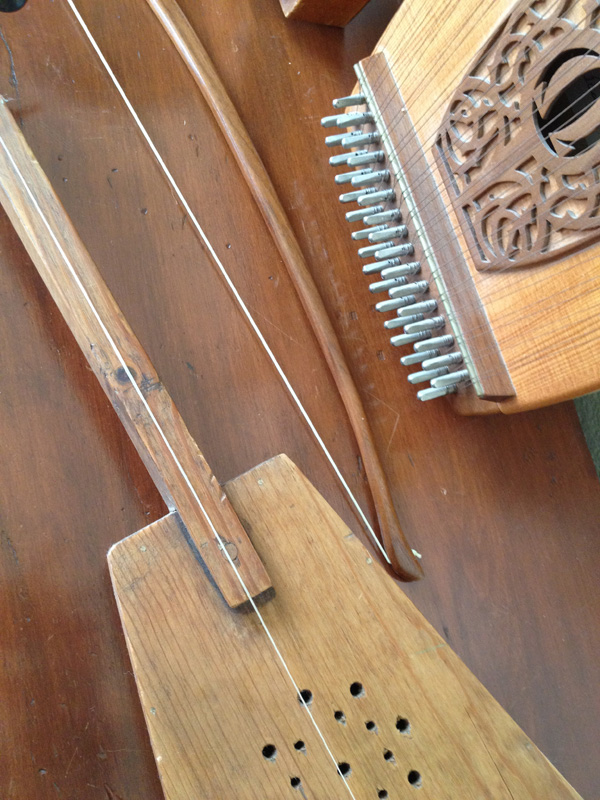
The ukulele was primarily applied for strumming chords for much of its scant, 100 year history. I'm primarily interested in whether GCEA tuning is inferior to GDAE tuning given the octave leaps in ITM.

If you like strummed backing it might work. Great sound, almost like a charango, less chorus-y than a 12-string guitar. 6 stringed ukes are actually popular, with only the 1st and 3rd strings doubled, and usually on a larger uke body like a tenor or baritone. Are you sure you’re using “course” accurately? It usually means paired strings, usually tuned in unison or an octave. I’ve never actually seen an eight string uke though I’ve seen references to them. In the hands of a master it might come across as traditional, or maybe not even then. Do not expect to go to a sessions, as a beginner with your uke. Tune it GDAE or whatever and have at it.īut do it at home. If you just want to put your toe in the water, learn some tunes, sure, go ahead and experiment.

It’s also a goofy self-deprecating instrument, sure to bring smiles.īut I have real misgivings about it’s place in Irish traditional dance music. #įirst, I really love the uke in ragtime and early jazz styles. I've avoided mandolin string sets and tuning because of this, and even tuned the simple violin I built last Christmas to GCEA, so I could use both instruments to reinforce what I know from playing the ukulele, just as a violinist might find a mandolin tuned to GDAE to be appealing. My impression until now has been than mandolin tuning may have been designed to help those who play the violin play a stringed instrument that can be strummed without learning new note positions.

Ukuleles are commonly set up with a "low G" string tuned below middle C, in terms of extending range. Does anyone have any comments with regard to its usefulness in celtic music? Does anyone see any value in setting a ukulele up with GDAE tuning if one is used to GCEA tuning, or would it simply muddy the water in terms of learning to play the instrument well? I am slowly becoming familiar with the ukulele in GCEA tuning with its chords and note positions relative to frets. I suppose this ukulele equipped with Aquila's GDAE strings could provide an inexpensive practice instrument for a beginner who is not sure that he or she will stick with an Irish octave mandolin, until they reassure themselves that they will not give up. Aquila also manufactures a GDAE string set for ukuleles (which which are normally tuned to GCEA). Aquila makes a related set of Nylgut (tm) strings for them. I know that ukuleles are also manufactured with four courses of strings (GCEA, with the E and A courses using pairs of strings an octave apart). Unfortunately, we'll never know for sure.I have been reading the octave mandolin posts here. The talharpa (also known as the taglharpa or jouhikko) is a two- to four-stringed bowed lyre with no fingerboard.

This is one of the best researched articles I've come across.Īlso, I've decided that the timpan is either like the crwth, as you noted, or possibly like the Scandinavian talharpa. I'm a historical fiction author, and I just had to torture myself by making one of my characters play the timpan. However, the area where Más a'Tiompán can be found is a short walk away from Smerwick Harbour, which was settled by viking raiders and has a Norse-derived name (from 'smoer' and 'wick' meaning 'butter harbour'). M.J Piazza, thanks for taking the time to comment, and what kind feedback it is! Yes, I did wonder, I had come across the talharpa, but decided not to include it as it had branched off by the time this instrument had developed from earlier forms - as I'm sure you're well aware, the Norse influence on Ireland came much later than the time these myths originated.


 0 kommentar(er)
0 kommentar(er)
